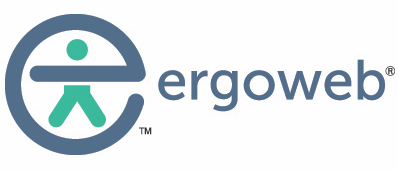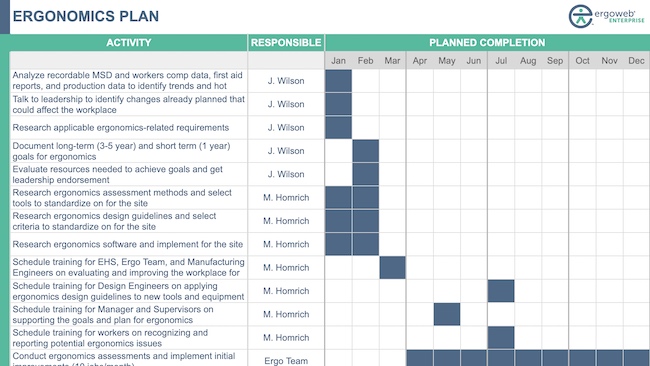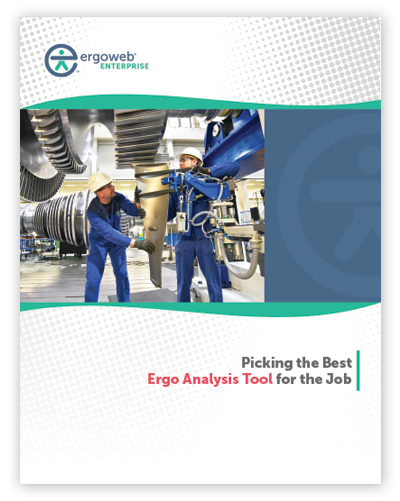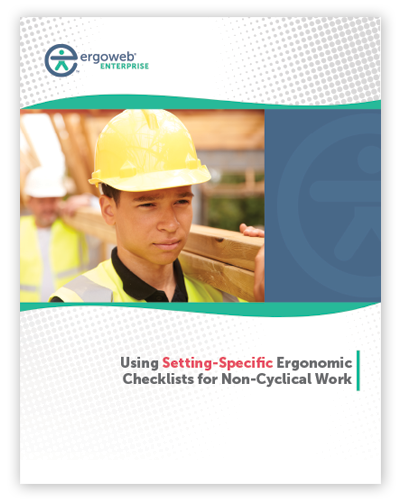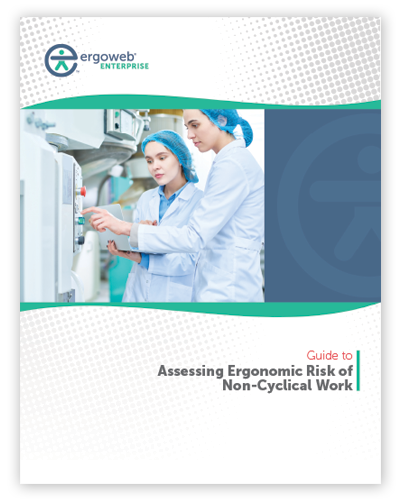May 9, 2012
Don Bloswick, a professor in in the Mechanical Engineering Department at the University of Utah, shares a variety of creative rehabilitation ergonomics applications he and his students have developed, including a tricycle designed to provide leg exercises for children with Cerebral Palsy (CP); an off-road walker allowing children with CP greater outdoor mobility; a wheelchair track device that allows wheelchair users to navigate on sand, snow and other rough terrain; foot and arm-lever propelled wheelchairs; and a paragliding system for people with disabilities. If you think ergonomics is only about preventing musculoskeletal injuries, this will open your eyes to new horizons.
